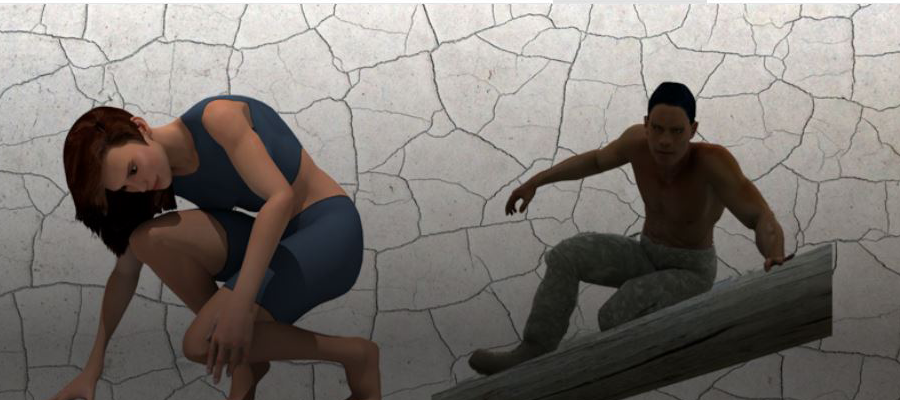Abstract
A herniated intervertebral disc (HIVD) causes back pain and lower extremity radiating pain as the nucleus pulposus of the intervertebral disc prolapses due to aging and repeated injury. To treat this disease, artificial nucleus replacement is used to partially replace the aged nucleus pulposus with an artificial nucleus pulposus to restore the reduced height and flexibility of the intervertebral disc. In previous studies, when replacing the original nucleus pulposus with an artificial one, it has been reported that the lower the amount of removal of the nucleus pulposus, the lower the HIVD relapse probability and spinal instability. However, few studies suggest quantitative criteria for partial nucleus pulposus removal. The spine finite element (FE) model according to the amount of inserted artificial nucleus pulposus after partial nucleus removal is also in the early stages of research. Therefore, in this study, the pressure and volume range optimization of the artificial nucleus pulposus was derived through the finite element model simulation of the lumbar spine (L4-L5). The lumbar FE model included the intervertebral disc and was designed in which 75%, 87.5%, and 94% of the total nucleus pulposus were removed, respectively, and then artificial nucleus pulposus was inserted. After applying 250~450N and -7.5~7.5Nm loads vertically to the central point of the lumbar model in the horizontal plane, the range of motion was obtained by analyzing von Mises stress. The data obtained through this study are expected to be utilized in digital twin research to predict the future behavior of artificial nucleus replacement surgery in HIVD patients and the improvement of artificial nucleus surgery techniques.
Keywords: finite element model simulation, artificial nucleus replacement, herniated intervertebral disc
How to Cite:
Kang, Y. & Kim, J. & Hong, J., (2022) “Optimization of nucleus pulposus removal rate in the intervertebral disc during artificial nucleus replacement using lumbar finite element model simulation”, Proceedings of the 7th International Digital Human Modeling Symposium 7(1): 32, 3 pages. doi: https://doi.org/10.17077/dhm.31778
Rights: Copyright © 2022 the author(s)
Downloads:
Download PDF
View
PDF

